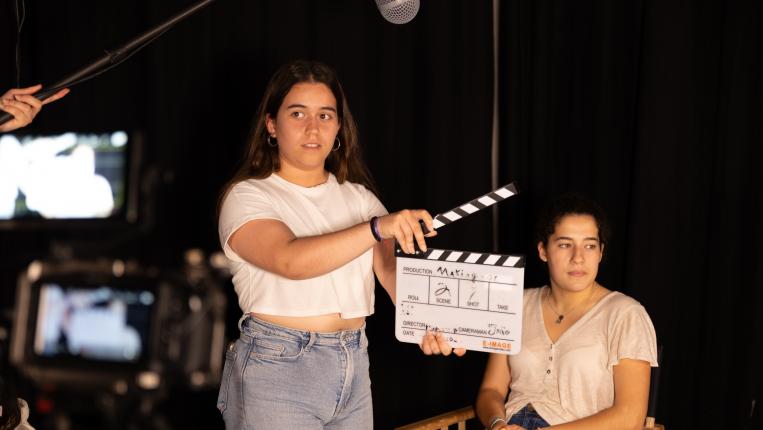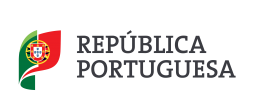09th Apr 2024 - 30 Apr 2024 at 18:30
Film Cicle Cinema and Architecture - Light, Mirror and Path
Auditório Ilídio Pinho
This cycle proposes the connection between cinema and architecture.
Two subjects that, although realized in different mediums, intersect at many points, manifesting one another in their respective means.
The search for the relationship and understanding of what is transversal to both cinema and architecture is proposed here through a more particular analysis and exploration of the link between the two.
Divided into three different subthemes – light, mirror, and journey – the articulation seeks to explore the similar relationship both have with these different objects.
Light manifests itself in the presence of space.
In the design of a building, sunlight is considered as a presence that imposes itself on the space and fills it. The different moments of the day are present in this thinking and in the openings that constitute it – where the sun will be and how it will penetrate and present itself.
This thought also seeks to see what it wants to take advantage of, in the sense that light provides different readings and environments depending on how it is worked.
At the same time, if we look at cinema, the way lighting is considered and planned plays the same role.
Whether in a more artificial light work or in a more natural light work, as is the case in Ratcatcher by Lynne Ramsay – a film that accompanies the first object of relation in the cycle – the cinematic space also tells its stories and creates its worlds through the thought and realization of lighting work.
In Ratcatcher, the interior is as represented by what complements it, as the light that enters it.
In a complex and gray space, the light that penetrates seems to tell something else, while simultaneously feeding the idea of an inhospitable home.
The mirror is oriented toward a work of depth, reflection, and symmetry.
A house is a mirror of itself, and its symmetries reflect this duplication.
In Espelho Mágico by Manoel de Oliveira, much of the space we see is delivered to us through reflection, and it is through this reflection that we understand its spatiality.
The use of the mirror not only intensifies the multiplication of reflections but also gives more depth to the space being observed.
In cinema, in addition to depth, the play between shot and reverse shot is also worked through mirrors, combining the parallel space in its concrete and reflective forms, with the intersection that indirect gaze and dialogue provide, and the spatial depth.
In this sense, the mirrored resides not only in its precise purpose but also in the abstract idea of the space itself as a mirror of itself.
The idea of the journey stems from a text by Sergei Eisenstein about the Acropolis and the path that one walks through it, a path that is both spatial and cinematic, in the way a body and the camera itself traverse it.
Mon Oncle by Jacques Tati, among other aspects of architecture, works on this idea of the journey in a comedic and satirical tone, connecting it to modernity.
In a play between physical comedy and space, which Monsieur Hulot traverses in his sister’s house, Tati critiques modern life and the pulse of modernity, which for both the character and the author are entirely unnecessary.
From the walk that begins at the gate to the front door, or the one that continues through the garden, to the one that weaves through the living space, modern life is a chaos.
The architectural journey, complemented by the cinematic journey, is highlighted while simultaneously mocking the new times.
Throughout the cycle, we will explore three different spaces that manifest their architecture in distinct ways.
From social housing to the modern development of urbanization, passing through aristocratic spaces, we see that the object highlighted, in its relationship between cinema and architecture, very much belongs to its spaces.
(Sofia Tavares, Cinema undergraduate and programmer of the cycle)






